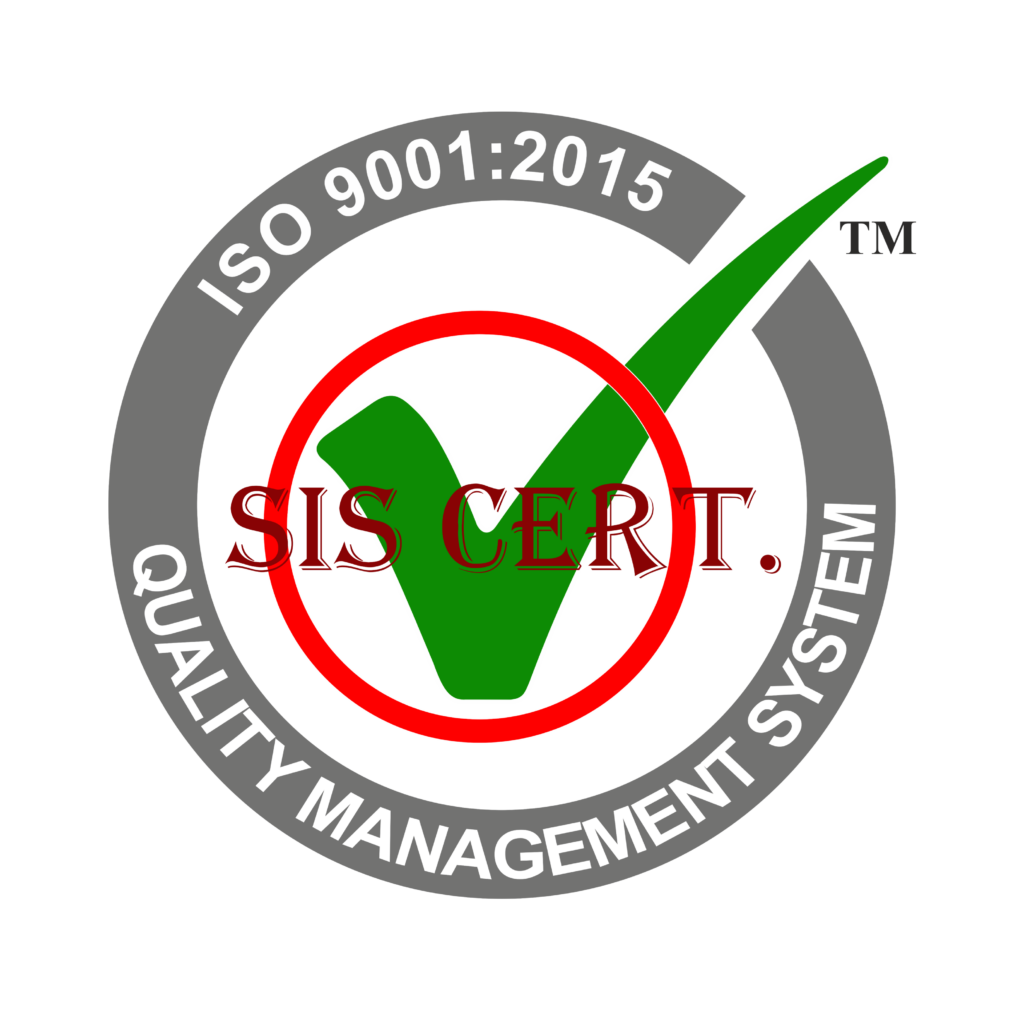The global steel industry is a dynamic and ever-evolving sector with a wide range of influencing factors. This article will explore the future of the steel industry, analyzing regional demand, production and capacity, supply and distribution, and price volatility to provide valuable predictions for stainless steel industry growth.
By understanding the current market trends and forecasting the future, businesses can stay ahead of the curve and seize new opportunities for innovation.
Key Takeaways
- Economic conditions, technological advancements, and changing consumer preferences are key factors influencing the growth of the stainless steel industry.
- Asia, including China, India, and Japan, drives global demand for stainless steel, with urbanization and sustainable technologies further increasing demand in the region.
- The European Union experiences rising consumption of stainless steel due to its durability and corrosion resistance, while the United States sees increased demand for energy-efficient and sustainable stainless steel products.
- Producers must monitor and match production capacity to demand, invest in technology and equipment, expand capacity to meet global demand, and consider environmental impact and sustainability strategies.
Factors Influencing Growth
The primary factors influencing the growth of the global stainless steel industry include economic conditions, technological advancements, and changing consumer preferences.
To outline the context for the numeric list of predictions for stainless steel industry growth, these factors must be considered.
Economic conditions determine the demand for steel products, such as stainless steel, as well as the cost of production.
Technological advances like automation and digitalization have improved production efficiency and quality, while changing consumer preferences for steel products over other materials can have an impact.
Additionally, the global supply chain of raw materials, such as iron ore, aluminum, and nickel, that are essential to stainless steel production must also be considered.
All these factors taken together will provide insight into the future of the stainless steel industry growth.
Regional Demand
With seven of the world’s top ten stainless steel producing countries located in Asia, it is clear that regional demand plays a key role in forecasting the global market trends of stainless steel industry growth. To gain a better understanding of the market dynamics, it is essential to analyze the regional demand of key markets and identify emerging trends.
In Asia, the stainless steel industry is driven by countries such as China, India, and Japan, which account for almost 50% of the global demand. Due to urbanization and the adoption of sustainable technologies, the demand for stainless steel is expected to grow further in this region. In recent years, India has also seen a steady increase in demand for stainless steel due to the development of the automotive sector.
Similarly, the European Union has seen a steady rise in stainless steel consumption. This is largely due to the growing demand for durable and corrosion-resistant products. Furthermore, the EU is also taking steps to reduce its carbon footprint by promoting the usage of stainless steel in construction projects.
Finally, in the United States, demand for stainless steel is expected to continue increasing in the years to come. This is due to the increasing demand for energy-efficient and sustainable products. Stainless steel is also being used for infrastructure projects in the US, such as bridges and roads, as it is more resistant to corrosion than other materials.
Production and Capacity
Stainless steel production and capacity have a significant influence on the global market trends of stainless steel industry growth. To remain competitive in the market, producers must continually monitor production capacity and ensure that it is properly matched to customer demand. It is also important for producers to review their production equipment, technology, and processes to determine if they are adequately positioned to meet customer needs.
The global demand for stainless steel is expected to increase significantly in the coming years, and producers must be ready to expand their capacity and production capabilities to meet this demand. Companies need to ensure that they are investing in the latest technology and equipment to remain competitive and that they are also able to access the necessary raw materials to maintain production levels.
Furthermore, producers must also consider the environmental impact of their operations. By implementing strategies to reduce energy consumption and increase the sustainability of their production processes, producers can remain competitive while also contributing to a healthier environment.
Supply and Distribution
Supply chains for the stainless steel industry are a major factor in determining global market trends. To ensure that the industry’s growth remains steady, these supply chains must be managed efficiently. To do this, companies must have an accurate understanding of the global market, including the demand, production, and transport of the steel. By closely monitoring the supply and distribution of stainless steel, manufacturers can ensure that their operations remain profitable and secure.
To maximize the efficiency of the supply chain, companies must develop comprehensive strategies that encompass the entire process. This includes the sourcing of raw materials, production processes, distribution, and customer service. Companies must also ensure that their supply chain is agile and flexible, so that they can quickly adapt to changing market conditions. This includes optimizing inventory management, as well as finding cost-effective ways to transport the steel.
Price Volatility
Though prices for stainless steel can be volatile, understanding the market trends is key to predicting future growth in the industry. To gain an understanding of the industry, it is important to analyze the factors driving the price of steel, such as supply and demand, government regulations, and global economic conditions. Additionally, it is essential to understand the effects of certain events, such as natural disasters, wars, and recessions, which can significantly influence the steel industry.
In order to gain an accurate prediction of future trends, it is essential to monitor international steel markets, analyze the factors that affect the price of steel, and track changes in the global economy. Additionally, it is important to identify potential risks and opportunities that may arise in the steel industry. By using advanced analytics and forecasting techniques, steel industry professionals can gain a better understanding of the current and future trends in the steel industry.
The steel industry is highly competitive and understanding price volatility is essential to success. Through careful monitoring and analysis of the global steel market, steel industry professionals can gain a better understanding of the current and future trends in the industry and make informed decisions about their investments. By utilizing analytics and forecasting techniques, steel industry professionals can gain insight into the future of the industry and make better predictions for stainless steel industry growth.
Frequently Asked Questions
What Are the Long-Term Predictions for the Stainless Steel Industry?
The stainless steel industry is projected to experience steady growth in the long-term. With advances in technology and industry practices, the stainless steel industry is poised to become more efficient and productive. Innovative solutions are needed to help the industry continue to grow.
How Will Environmental Regulations Affect the Growth of the Stainless Steel Industry?
Environmental regulations could be a major factor impacting the growth of the stainless steel industry. We must consider how these regulations will shape the industry’s future and prepare for the potential implications.
What Are the Most Promising Emerging Markets for Stainless Steel?
The most promising emerging markets for stainless steel are those with a rising demand for products with high corrosion resistance and durability. Innovative applications of stainless steel make these markets attractive for industry growth.
How Will the Global Economy Influence the Stainless Steel Industry?
The global economy is a key factor in determining the future of the stainless steel industry. With rising competition and changing economic conditions, businesses must be prepared to adjust and innovate to remain profitable.
What Are the Risks Associated With Investing in the Stainless Steel Industry?
Investing in the stainless steel industry is a risky venture, as the global economy can be unpredictable and volatile. It requires careful analysis and diligent research in order to mitigate potential losses.
Conclusion
The global steel industry growth is heavily influenced by regional demand, production and capacity, supply and distribution, and price volatility. It is clear that forecasting market trends in the steel industry is complex, and requires an understanding of all these factors.
In order to gain a better understanding of the future of the steel industry, it is essential to stay up to date with the latest developments in the field, and analyze the trends that are emerging.


